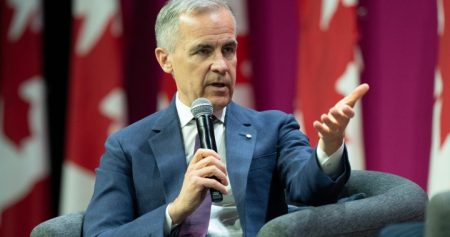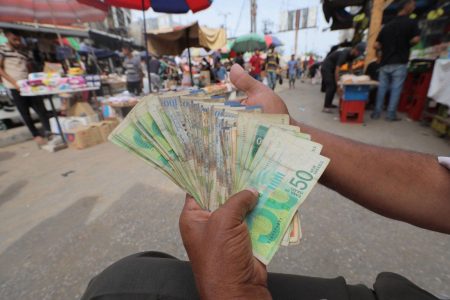The shocking assassination of Brian Thompson, CEO of UnitedHealthcare, has sent ripples through the corporate world and ignited a nationwide manhunt. The alleged perpetrator, 26-year-old Luigi Mangione, was apprehended days after the killing, leaving behind a trail of chillingly meticulous planning and a manifesto revealing a deep-seated resentment towards the healthcare industry. The emerging narrative paints a picture of a premeditated act driven by a potent cocktail of personal grievance and ideological outrage.
At the heart of the investigation lies a handwritten notebook, a blueprint of Mangione’s alleged plot. Within its pages, investigators have uncovered a “to-do” list, outlining the steps Mangione purportedly took to prepare for Thompson’s murder. One particularly disturbing entry reportedly contemplates the effectiveness of assassinating a CEO at a corporate conference, weighing it against the potential collateral damage of a bomb. This chilling calculus, coupled with the methodical nature of the notebook entries, suggests a premeditated act rather than a spontaneous outburst of violence. This detailed preparation underscores the gravity of the crime and provides a glimpse into the mindset of the accused.
Adding another layer to the narrative, a three-page manifesto found on Mangione upon his capture further illuminates his motivations. The document, described as a screed against corporate greed and the perceived injustices of the American healthcare system, reveals a profound disillusionment with the industry. Mangione allegedly rails against “parasitic” health insurance companies and laments the rising profits of major corporations juxtaposed with stagnant life expectancy. This manifesto, coupled with reports of Mangione’s own struggles with chronic back pain, suggests a personal dimension to his anger, potentially transforming individual suffering into a broader indictment of the system.
The confluence of personal experience and ideological conviction forms a potent motive for the alleged crime. Mangione’s alleged health issues could have fostered a sense of resentment towards the healthcare industry, a feeling potentially exacerbated by the perceived indifference of large corporations. This resentment, fueled by his broader critique of corporate greed and power, may have coalesced into a targeted attack against a prominent figurehead of the industry. The manifesto, with its emphasis on systemic issues, suggests that Thompson may have been seen not just as an individual but as a symbol of a flawed system.
The investigation continues to delve into the specifics of Mangione’s alleged planning and the extent to which his personal experiences influenced his actions. Authorities are meticulously piecing together the timeline of events leading up to the assassination, examining the contents of the notebook and manifesto for further clues. The focus remains on establishing a definitive link between Mangione’s alleged grievances and his decision to target Thompson. This involves not only analyzing the written evidence but also exploring Mangione’s personal history, including his medical records and any prior interactions with UnitedHealthcare or other healthcare providers.
The case has also raised broader questions about the accessibility of CEOs and the potential vulnerabilities of high-profile individuals. Thompson’s murder underscores the challenges of ensuring security in an environment where corporate leaders are often in the public eye. While the specifics of the security arrangements surrounding the conference remain undisclosed, the incident will likely prompt a review of security protocols for similar events in the future. This review may involve increased security personnel, stricter access controls, and enhanced threat assessments to mitigate the risk of similar incidents.
The legal proceedings against Mangione are still in their initial stages. He is currently fighting extradition from Pennsylvania to New York, where he faces murder charges in Manhattan. As the legal process unfolds, the focus will shift to establishing Mangione’s mental state at the time of the alleged crime and determining the extent of his culpability. The evidence gathered thus far, including the notebook and manifesto, will play a crucial role in the prosecution’s case. The defense, on the other hand, may explore the possibility of diminished capacity or other mitigating factors to explain Mangione’s actions. The trial promises to be a complex and high-profile affair, shedding further light on the motivations behind this tragic event.










